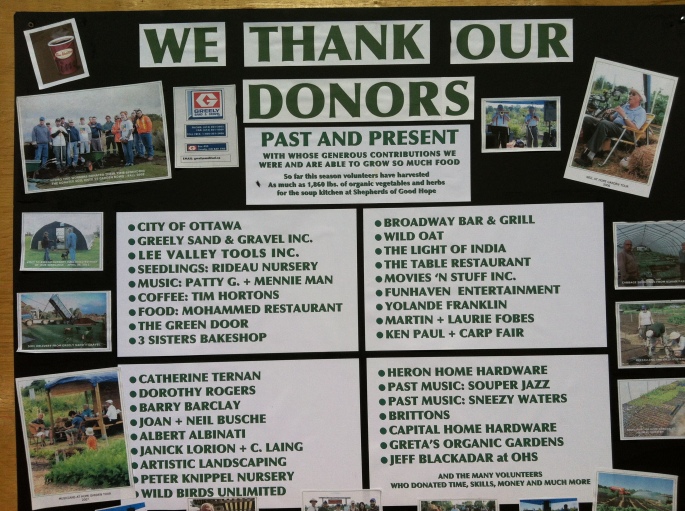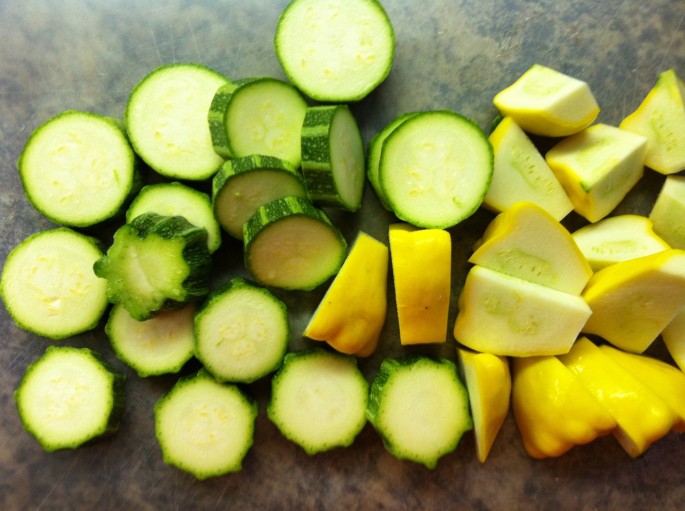We are working alongside Mother Nature for another growing season. She’s been mostly tolerant with us although she continues to let us know who has the upper hand. This past few years of active vegetable gardening has made me realize how much you need to know to grow a parsnip. Or a cabbage. Or a squash. To grow anything really.
Here are some late August vegetable garden observations from the Ottawa valley. It might be seen as wisdom but that would mean I had knowledge and while I/we learn more every year, it’s a drop in the bucket of garden smarts. We have some particular ups and downs in our little plot.
1. Beans mature in 20 minutes. When you pick beans from the row or from the pole structures, you move along and pick all that are ready. When you turn around to walk back you see many more. They weren’t there before. Honestly.

2.Parsnips are not easy to grow. I blogged at one point about our efforts to grow parsnips last year. The package says parsnips take a long time to germinate. We knew that but found there were many “weeds” along the row and we pulled them up regularly. We learned, too late, the weeds were parsnips and so we had no parsnips last year. This year we tried again. Now we recognize their little tops (and know they don’t look like carrot tops). We sowed a row. We waited. Three parsnips came up. We re-seeded. None came up.
While parsnips will be sweeter if you wait to harvest them after a frost, I decided we’d eat them when they were big and healthy. By the time they got sweeter another creature might have decided they were tasty. And we only had three.

3.A Day Can Make a Big Difference.
Saturday: I visited the garden last Saturday. Mildew was showing up on the many squash plants, those ugly squash beetles that we had kept at bay were making a reappearance but overall the squash plants looked pretty good for this time of year. The tomato plants were burdened with tomatoes. So much so they were falling over. Should we have staked them differently or perhaps removed blossoms to make it so there wasn’t so much fruit? The leaves looked pretty healthy.
Sunday: When I arrived I wondered if this was the same garden. Overnight it seemed the plants had receded from their fruit. Squash plants looked shrivelled and beleaguered. Leaves on the tomatoes had spots on them and a number had started to curl and die. This process must have been under way the day before but it seemed to be such a big change. Anyone got any suggestions/advice? The fruit looks fine and there will be lots of both.

I spoke to our neighbour Kahlil and asked him about a couple of other things in our garden. For example, our pepper plants are healthy but only now do we have a couple of blossoms on them. It is way too late. Kahlil said he has been gardening at his community plot for 32 years and his observation is that every year there are “two things that don’t work”. It’s a mystery, he says. One year green peppers are great and the next year the same variety of seeds will have disappointing results.
We won’t be at the garden for 32 years. Perhaps Mother Nature is handing us more than two failures a year as she realizes our overall experience will be shorter than Kahlil’s and we need concentrated lessons. On the other hand we have harvested beautiful cauliflower and broccoli, cabbages and carrots and we will have tomatoes and huge butternut squash. It’s a pleasure to visit and work at the garden, ups and downs and all.










